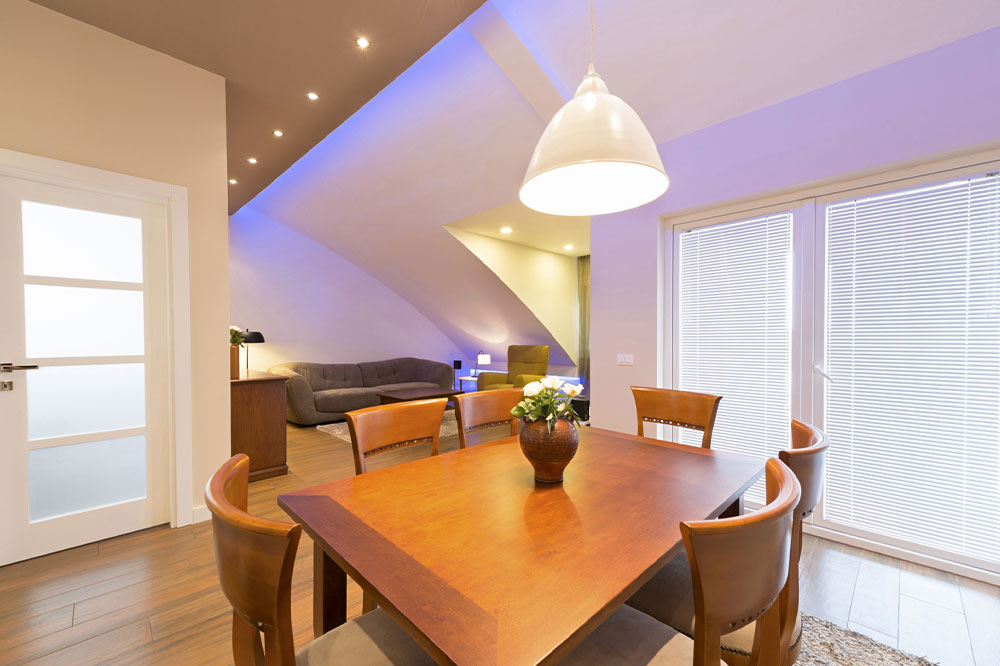4 common mistakes to avoid in home lighting

Home lighting plays a crucial role in making a space inviting and comfortable and helps enhance its overall aesthetic. Lighting can either make or break the mood and feel of a home – it sets the tone, adds a finishing touch, and makes the space appealing. Homeowners unintentionally make a few lighting mistakes that can be easily addressed with proper planning. Continue reading to find out some common home lighting mistakes and how to fix them.
Not considering the size of the lighting fixture
Large and magnificent chandeliers or pendant lights are highly desirable but may not suit every home space. Therefore, consider the size of the lighting fixture and choose the ones that complement the space. Adding an oversized light in a small living room will eat up the whole space. Similarly, a tiny fixture will not provide adequate lighting to a large room. So, it is best to measure the size of the space when picking the lighting fixture for the room. One can also consider the furniture and wall colors to pick the most appropriate fixture that helps accentuate the whole area.
Adding too many recessed lights
Recessed lighting is the fixtures installed in the wall or ceiling. These lights are undoubtedly used to light up the entire space, but it’s better not to get too enthusiastic when adding these. Too many recessed lights can make the living room too bright, or too little can make the room dim. The best way to avoid this mistake is by creating a lighting plan to see how many recessed lights need to go into the hallway, bedroom, or kitchen.
Ignoring dimmers
Many homeowners may ignore the advantages of adding dimmers to their lighting setup. When it comes to flexibility, dimmers can be the saviors! Dimmers provide the option to adjust the brightness levels according to the mood or time of the day, making them a versatile option in modern lighting solutions.
Neglecting layered lighting
Relying solely on one source of lighting is one of the biggest mistakes. One-dimensional lighting makes the space uninviting and even uncomfortable. The ideal way is to combine ambient, task, and accent lighting to get a balanced lighting scheme.







